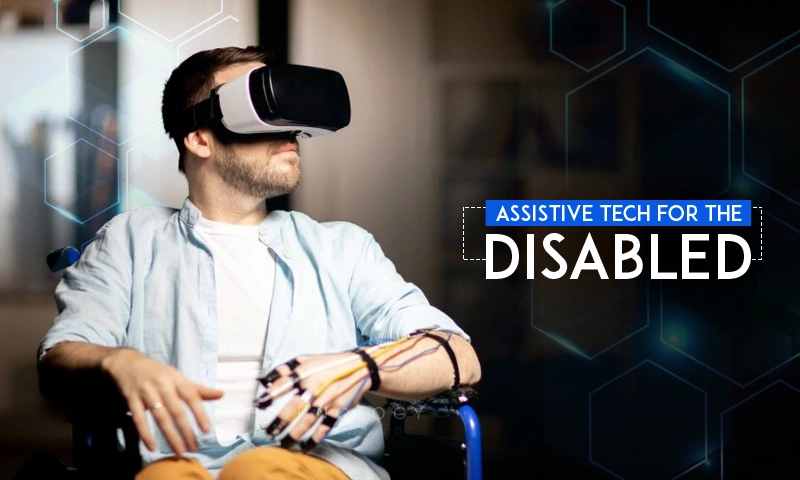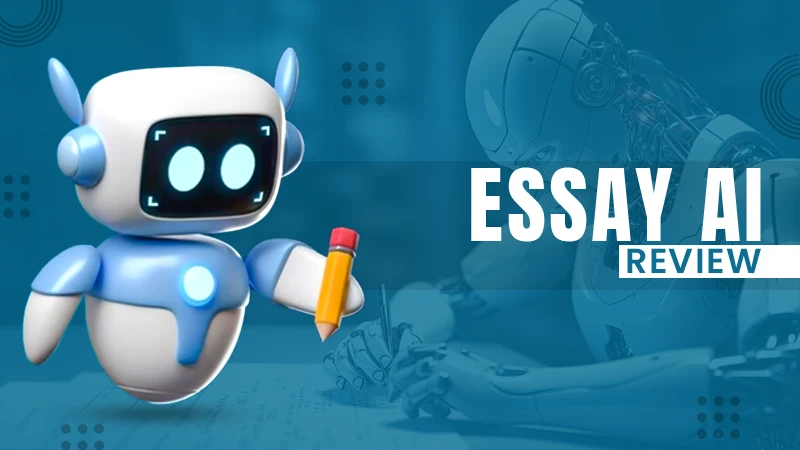Difference Between Artificial Intelligence, Machine Learning & Deep Learning
There have been misconceptions related to these terms Artificial Intelligence, Machine Learning, and Deep Learning in recent times. Most people who are unaware of these terms think that all these terminologies are similar; whenever they hear the word AI or ML, they seem to relate it directly. Their extensive range of applications has changed the aspects of technology across every field ranging from banking, IT, healthcare, manufacturing, etc.
Deep Learning is a subset of Machine Learning, a subset of Artificial Intelligence. You may think of Artificial Intelligence (AI), Machine Learning (ML), and Deep Learning as a nesting doll, also known as a Russian tea doll. So, when you sign up for the online deep learning course, you will learn the differences between AI, ML, and Deep Learning.
AI, ML, and Deep Learning – these terms often overlap and create confusion so, let’s start and understand the definition of each and the major differences between these three terms.
What is Artificial Intelligence?
Artificial Intelligence is any computer system that does something smart. AI is completely different from Machine Learning and Deep Learning, and actually, Deep Learning and Machine Learning are a subset of Artificial Intelligence.
Artificial Intelligence is simply a field of computer science that makes a computer system that can mimic human intelligence. The AI System does not require pre-programmed. Instead, it uses an algorithm that can work their intelligence such as an AI image generator.
What is Machine Learning?
Machine Learning is a subset of Artificial Intelligence. Machine Learning takes an entirely different approach and allows a system to learn to recognize the pattern on its own and make predictions. It is a concept of parsing data, learning from the historical data, and then applying it to make an informed decision.
Machine Learning uses a vast amount of structured and unstructured data to build a Machine Learning model that generates accurate results based on the data.
What is Deep Learning?
Deep Learning is a subset of Machine Learning. Deep Learning was developed based on the understanding of neural networks, and it is a thought of evolution of Machine Learning inspired by the working and functioning of human brains.
Deep Learning is used to solve complex problems and can work with a huge amount of structured and unstructured data. The core concept of Deep Learning lies within the artificial neural network, which enables computer systems and machines to make decisions.
Types of Artificial Intelligence
Artificial Intelligence is divided into seven types based on functionality and capabilities; they are:
- Based on Functionalities
- Reactive Machines
- Limited Memory
- Theory of Mind
- Self-Awareness
- Based on Capability
- Narrow
- General
- Strong
Artificial Intelligence Based on Functionalities
- Reactive Machines – These are the most basic type of Artificial Intelligence, which does not store memories or experiences for future actions. Instead, it focuses on current scenarios and reacts to them as per the best possible action.
- Limited Memory – These machines store some past experiences, data, or memories for a very short period. These machines can use the store data for a limited amount of time.
- Theory of Mind – These systems are built on understanding human emotions, capable of interacting like humans, and trained to adjust their behavior accordingly.
- Self-Awareness – These systems are designed and created to have their sentiments, consciousness, self-awareness, and act appropriately.
Artificial Intelligence Based on Capabilities
- Narrow AI – Narrow AI is the most commonly used and found AI in the world of Artificial Intelligence. It is one of the types of AI that can perform any task with intelligence but cannot perform tasks beyond its limitations. Hence, it is also termed Weak AI.
- General AI – General AI is a type of intelligence that can perform any given task in such a way that it appears to be done by a human. The idea behind building the General AI is to make such a system that could think smarter and think exactly like a human.
- Strong AI – Strong AI or Super AI is a level of intelligence of systems built that could perform any task better than humans, surpassing human intelligence.
Types of Machine Learning
Machine Learning is divided into three parts:
- Supervised Learning
- Unsupervised Learning
- Reinforcement Learning
Supervised Learning –
It is a process of providing input and output data to the Machine Learning model. Supervised learning is a type of Machine Learning in which the machines are well trained using the labeled data. Then, based on that data, the machine predicts the output.
Unsupervised Learning –
It is a type of Machine Learning technique that employs unlabelled data to discover patterns from the data without any supervision.
Reinforcement Learning –
It is the science of decision-making. It is a type of Machine Learning technique that enables an agent to learn and complete a task in an interactive environment by trial and error from its own actions.
Types of Deep Learning
There are three types of Deep Learning used nowadays:
- Convolutional Neural Network (CNN)
- Recurrent Neural Network (RNN)
- Multilayer Perceptron Network (MPN)
Convolutional Neural Network (CNN) –
CNN is a class of deep neural networks, most commonly used in image analysis such as face identification and image classification.
Recurrent Neural Network (RNN) –
A RNN is another class of deep neural networks that uses sequential methods to build a model. It has been developed to address the time series problem of sequential input data.
Multilayer Perceptron Network (MPN) –
Multilayer perceptron is an artificial neural network (ANN) class. MLP models are one of the most basic deep neural networks, and It is a composition of a series of fully connected layers.
Application of Artificial Intelligence
- Healthcare
- Gaming
- Data Security
- Travel and Transportation
- Education
- Finance
- Entertainment & Communication
- E-commerce
Application of Machine Learning
- Image Recognition
- Product Recommendation
- Speech Recognition
- Email and Malware Filtering
- Virtual Personal Assistant
- Stock Market
- Online Fraud Detection
Application of Deep Learning
- Fake News Detection
- Image Coloring
- Image Captioning
- Advertising
- Chatbots
- Virtual Assistant
Now, as we know the differences between Artificial Intelligence, Machine Learning, and Deep Learning, it’s time to take the next step and explore the new world of technology, and to kick-off a career in this exciting field wherein you will deep dive into the new concept and technologies used in Artificial Intelligence, Machine Learning, and Deep Learning.
Share
















